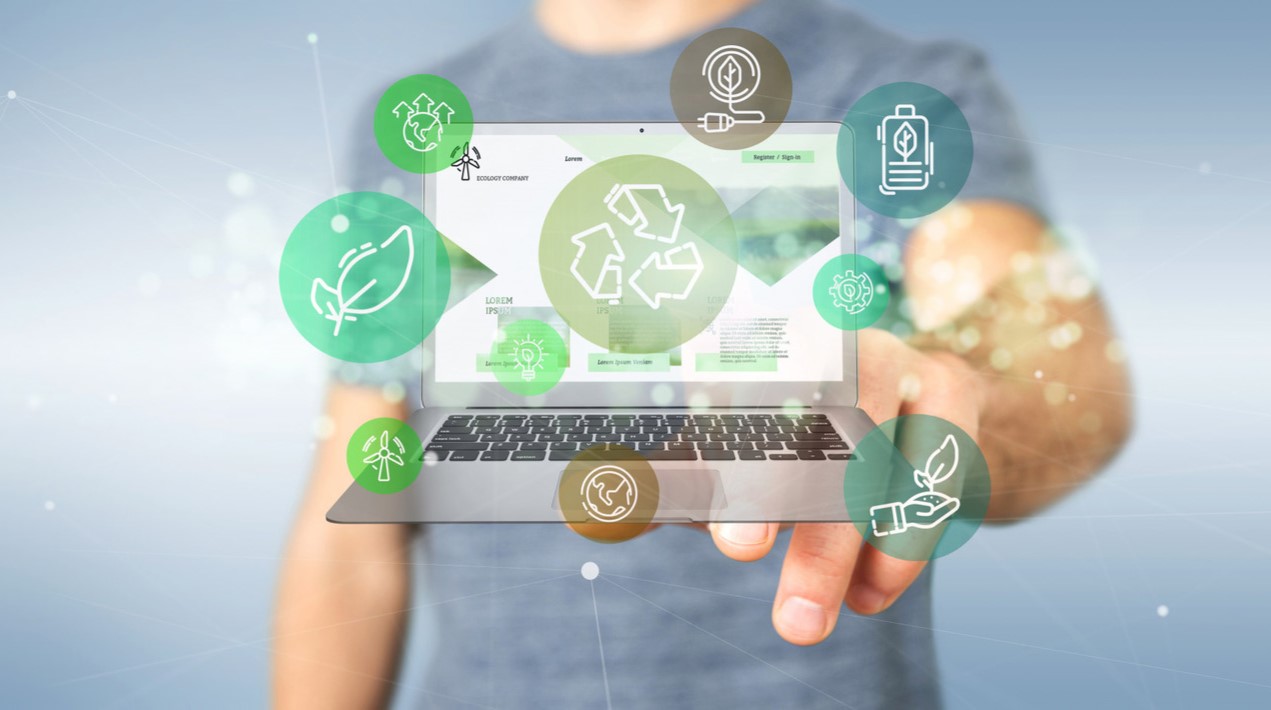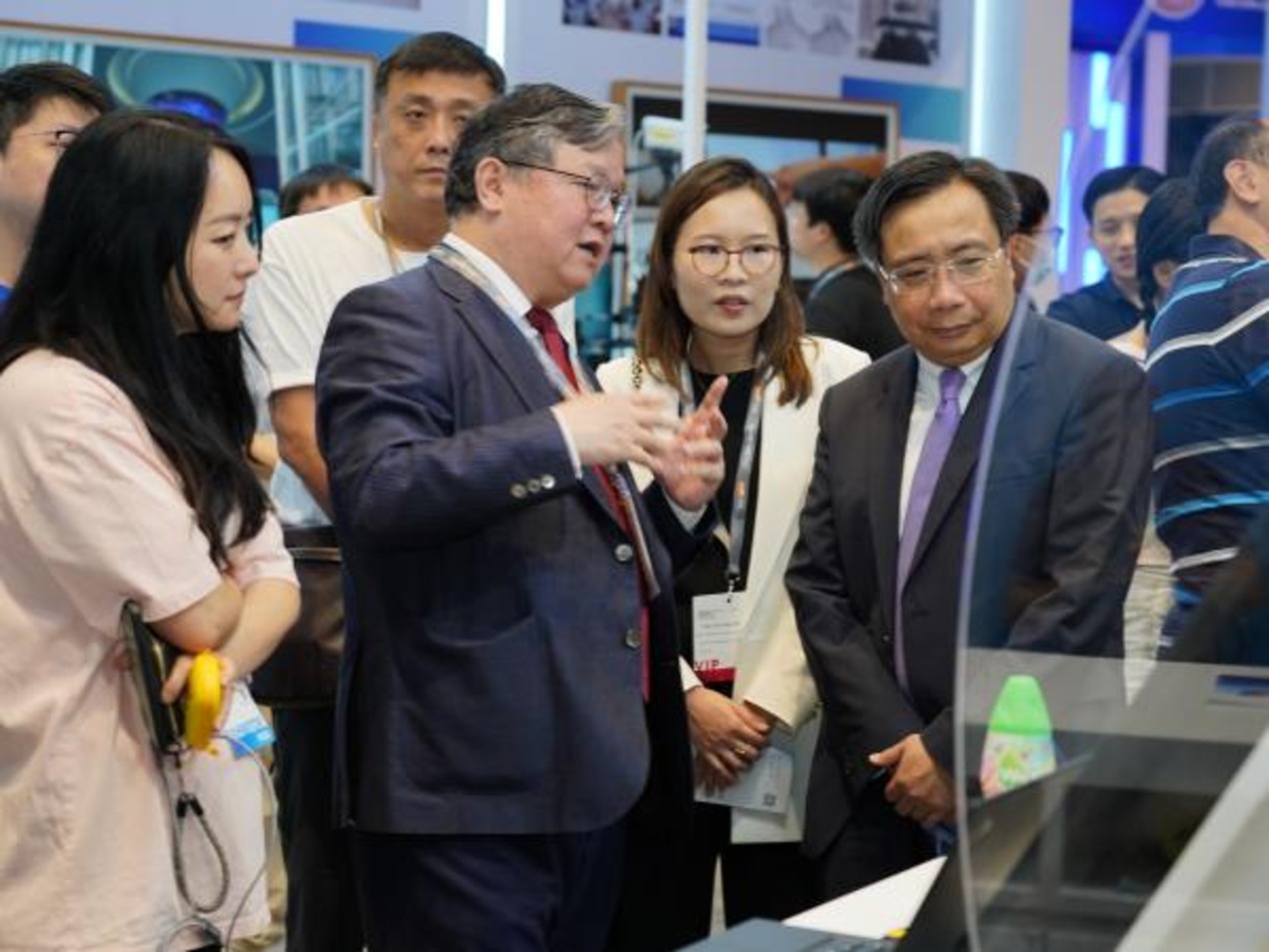
SMRT Corporation Ltd (SMRT), one of Singapore’s largest
public transportation providers, has released
an enhanced version of its travel planning app, called SMRTConnect (available
on Google
Play and App Store).
Launched in 2012, SMRTConnect provides commuters with
service-related information for SMRT’s train and bus services, as well as
travel suggestions for journey planning. Over the past six years, SMRT has
introduced regular updates to the SMRTConnect app to keep it up-to-date and
relevant.
The updated version features a real-time information system enabling
commuters to check train arrival time before they arrive at the station, get an
indication of how long they will have to wait to board a train upon arrival
through a train frequency indicator, or even check for bus service information
for any bus stop in Singapore. The app also provides an indication of how
crowded the bus is and whether it is wheelchair-friendly.
In addition, the user interface has been improved, offering
faster information updates and easier navigation. Once opened, commuters will
immediately see their nearby MRT stations and bus stops and obtain
station-specific information such as first and last train timings, and
panoramic views of major MRT station exits, with just a few finger taps.

SMRT plans to leverage video and data analytics, harnessed
from Wi-Fi access points, fare gate data and camera feeds at MRT stations, to
improve the user experience for SMRTConnect. In the future, SMRTConnect users
can obtain platform-specific and carriage-specific assessment of crowds and get
speedier updates on the status of MRT services via the app.
Mr Seah Moon Ming, SMRT Chairman, said: “Your journey
matters. Commuters are now given near real-time travel information. We are
leveraging on technology to empower commuters to make timely travel decisions,
particularly during train delays. SMRTConnect 3.0 provides accurate train and
bus arrival timings to commuters anytime, anywhere. Commuters can expect more
enhancements to SMRTConnect within the year.”
In recent months, SMRT’s train network has suffered repeated
disruptions, such as the October 7 tunnel flooding
between Bishan and Braddell MRT stations and the November 15 train
collision at Joo Koon MRT Station and others, resulting in a dip
in public confidence (though they remained positive).
Along with increasing
engineering and track access time to fix operational issues, better
handling communications
can play a crucial role in restoring public trust.
In addition to the updated SmartConnect,
recent initiatives for improving information accessibility include iStands, which are four-sided
informational panels are strategically located near station entrances for quick
and easy access to vital information such as station and train information,
ticket information, regulations, proximity of nearby landmarks, as well as
advice to commuters in the event of a train service delays. They are currently
on trial at Currently on trial at Tanjong Pagar, Somerset and Bugis MRT
Stations.
New Digital Displays have been
installed at Passenger Service Centres to update commuters on train services,
and provide answers to common queries, while charging kiosks, installed at 30
MRT stations across North-South and East-West Lines, are equipped with digital
screens for commuters to view next train arrival timings as they charge their
mobile devices.
QR-embedded posters have been
put up since November 2017 at all stations in the MRT network, providing
commuters with information on alternative travel options in the event of a
service disruption.
Electronic travel slips will be available at all MRT
stations by the middle of this year for commuters who need proof of travel when
a service disruption occurs. This removes the inconvenience of commuters having
to obtain a printed travel slip from service staff at the Passenger Service
Centres.
SMRT President and Group Chief Executive Officer, Mr Desmond
Kuek, said: “Ensuring a positive commuter experience has been a key focus over
the years. Many new initiatives have been put in place, and many more are being
rolled out this year. We will continue to gather feedback from our commuters on
where else can be improved for a positive journey experience. Our upgraded mobile
app, SMRTConnect 3.0, and other information enablers at our stations, will
improve the speed, accuracy and accessibility of travel information, especially
when there is a service disruption. Our commitment is to deliver a safe,
reliable, efficient and comfortable transport service for all our
commuters. We thank our commuters for their continued support.”
















